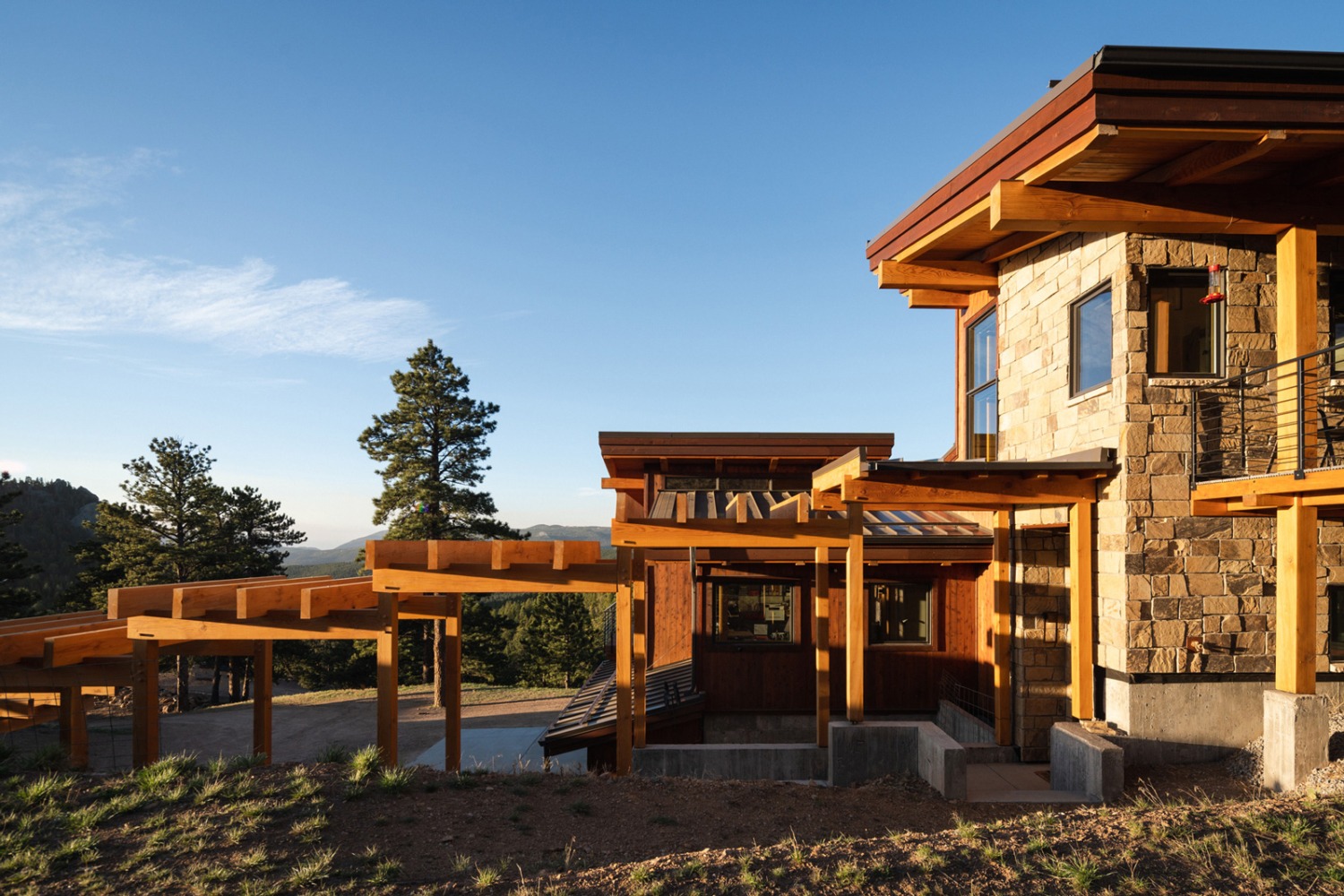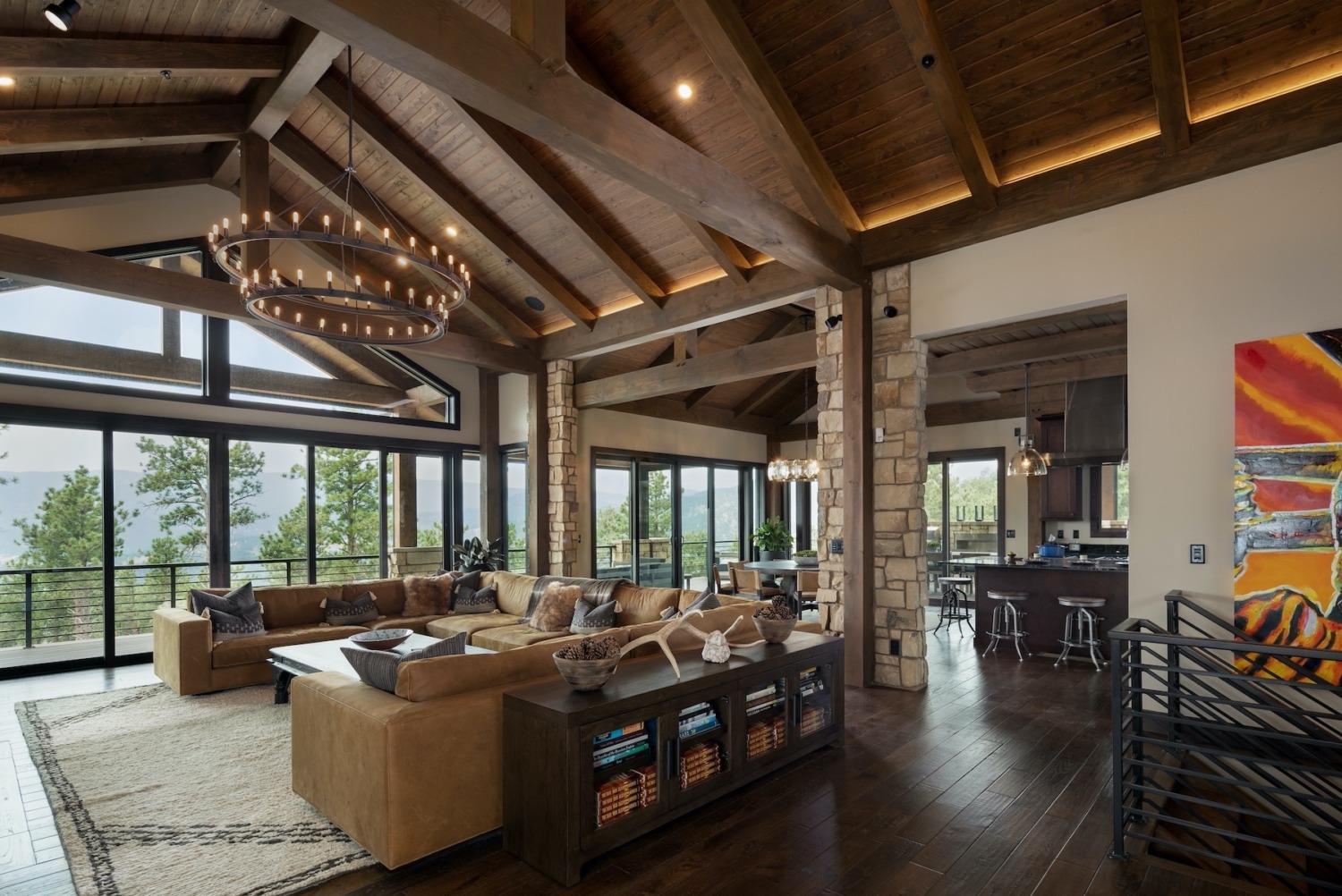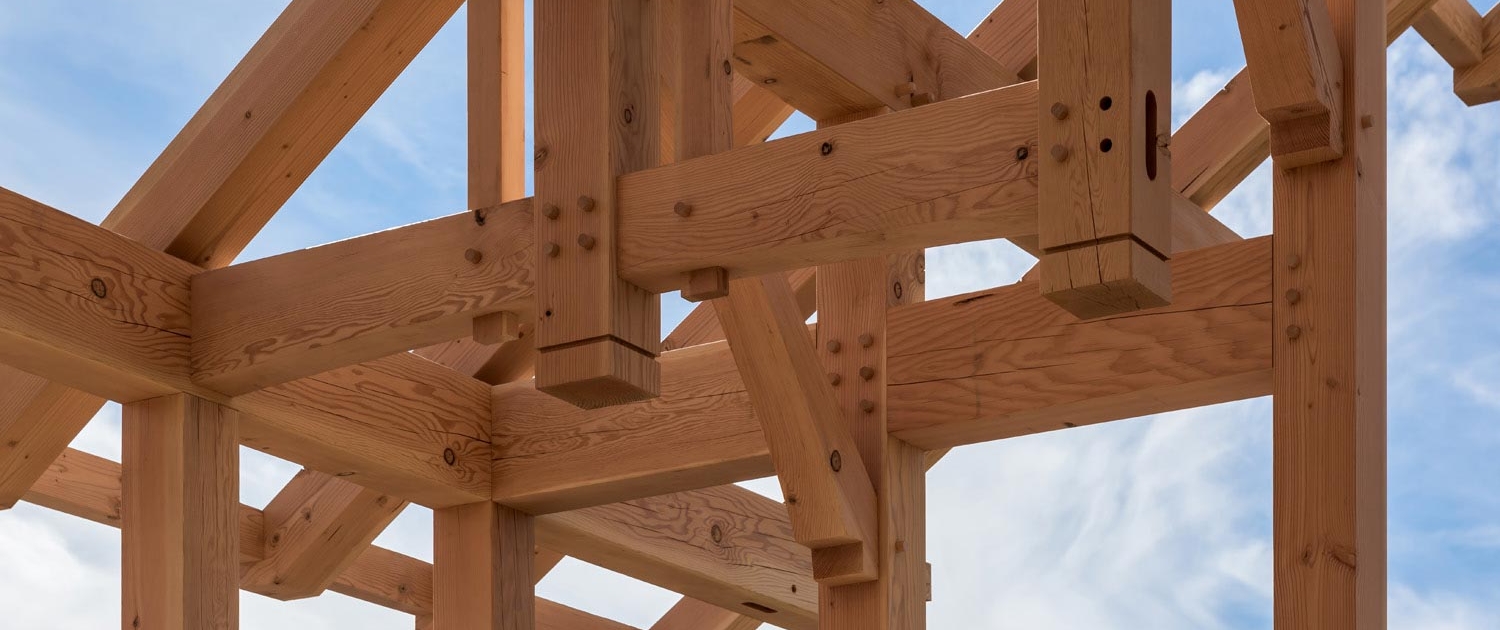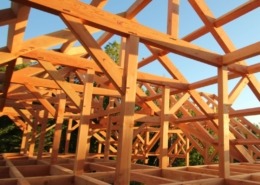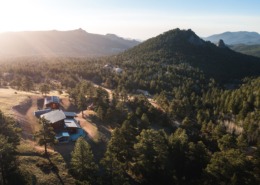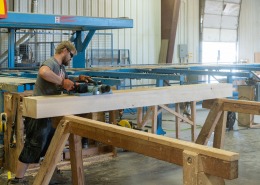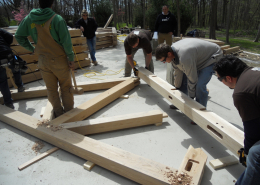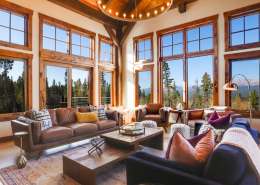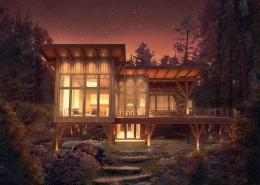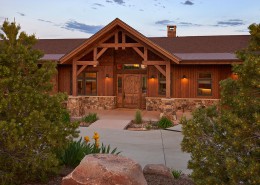Sustainability of Timber Frame
In a world increasingly focused on environmental responsibility and long-term sustainability, how we build our home matters. From the materials we choose to the construction methods we use, every decision has an impact. Among the many options available today, timber frame construction stands out as a sustainable, efficient, and beautiful way to build.
Sustainability Benefits:
- Renewable Resource – Wood is one of the few building materials that is completely renewable. When sourced from responsibly managed forests, timber can be harvested in a way that maintains ecological balance, supports biodiversity, and reduces carbon emissions.
- Longevity and Durability – Timber frame homes are built to last. The robust nature of heavy timbers means these structures can stand for generations which reduces the need for demolition, rebuilding, or frequent repairs – all of which contribute to waste and energy use.
- Less Waste – Timber frames are often prefabricated before being assembled on site, this means that there is much less construction waste compared to conventional building.
- Energy Efficiency – Timber frame homes often incorporate well insulated wall systems and allow for open interior layouts that are ideal for passive solar design. This means lower heating and cooling demands, which contributes to a smaller carbon footprint over time.
Sustainability is about building not just for today, but for generations to come. Timber frame homes embrace that principle by using renewable resources, producing less waste, and standing the test of time, both structurally and stylistically. Whether you are looking to reduce your environmental impact or simply want a home that feels as good as it looks, timber frame construction offers the most rewarding path forward.
See what’s new!
Stay up to date with our latest projects, upcoming events, and news by subscribing to the Colorado Timberframe quarterly newsletter.

